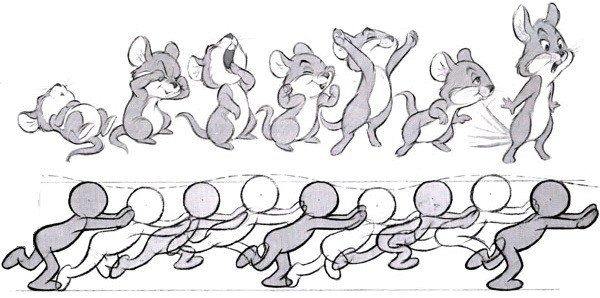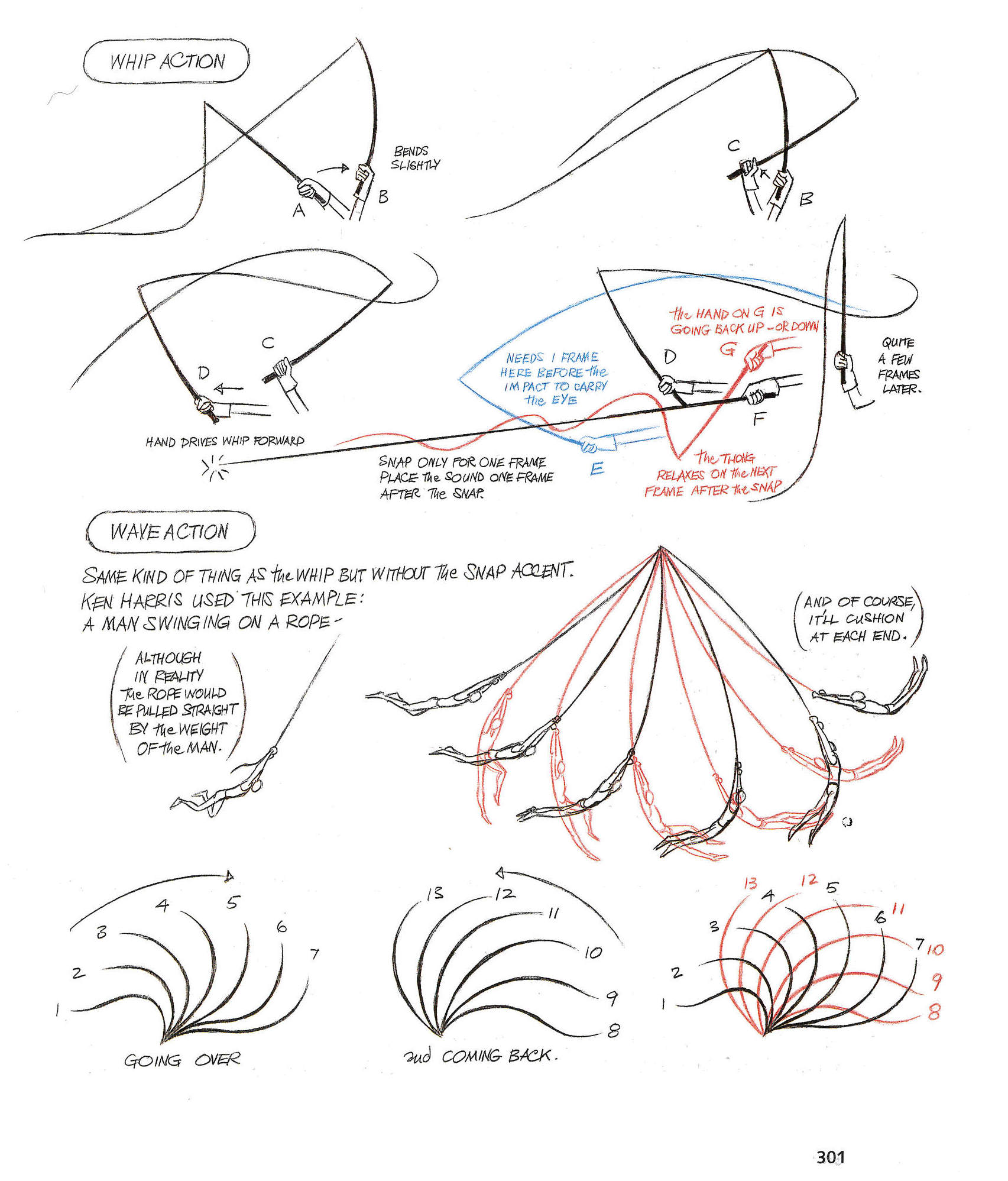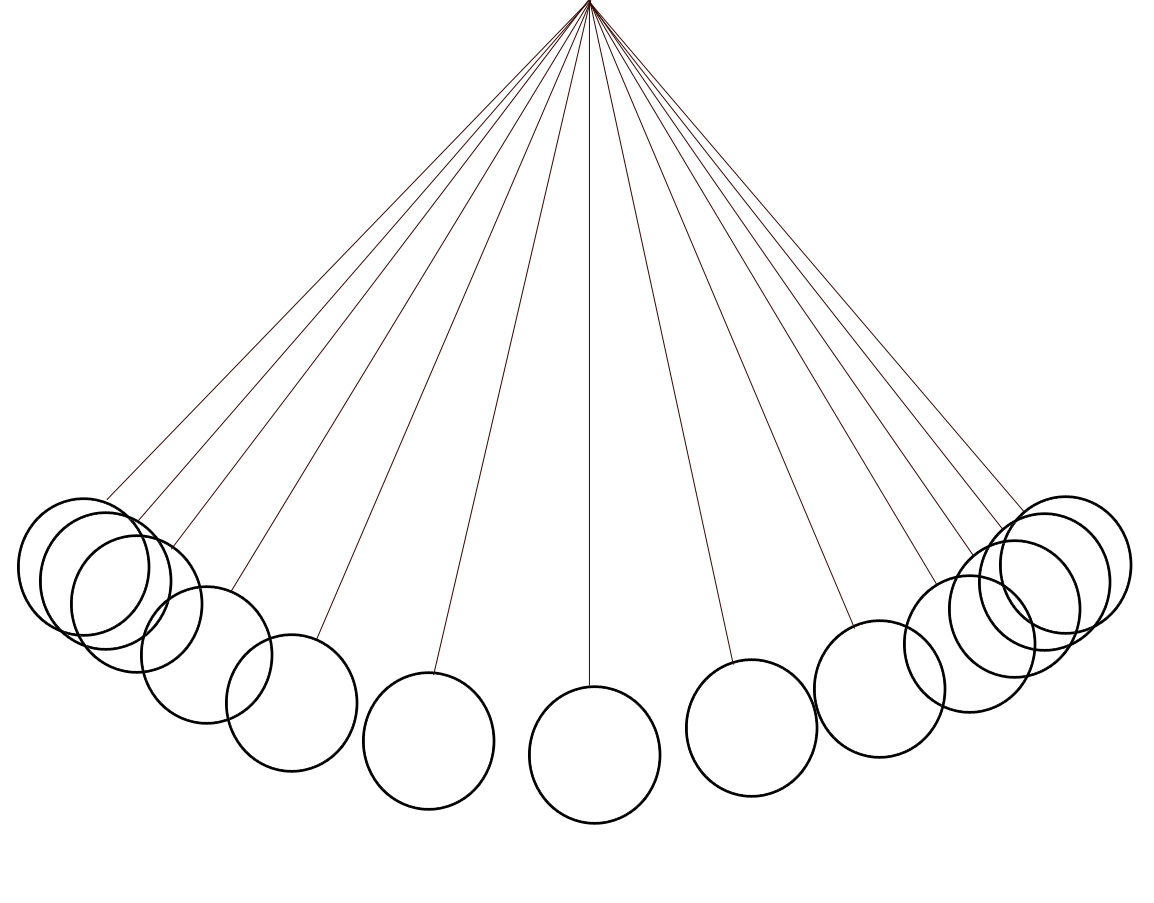Disney developed a system back in the 1940’s which can explain the process well. Enjoy! Below is a list from Old Disney master “Ollie Johnston” with a few adjustments.
Animators do not illustrate words or mechanical movements They illustrate ideas & thoughts, with attitudes and actions. We can see in the drawing below of the little girl how her body is shifted down towards screen left and her head is positioned evenly at a 3/4 position to the screen. The eyes have us leading our eye towards what she is looking at. The body position is helping us determine she is somewhat reserved in her approach. The brows are leading upwards and angled in such a way that we can feel the intensity of the lift and the muscles working in the face to lift the brows. The mouth slightly open but not stretched fully also gives us a sense of awe. Most people do this when staring at something they are unfamiliar with. The clothes and hair position also play a role in executing ideas and thoughts but in a much less obvious way.
Animators Squash and stretch characters bodies for better visual attitudes. This is very straight forward. In the picture below an exaggerated tongue is used to push the action even further. No bull tongue can do what is happening in this drawing but in the cartoon world anything is possible!
They tend to move things before the dialogue/sound even reaches our ears! Animators have somewhat of a standard thing they must all remember in there daily routines while at work. Things move 2, 4 or even 8 frames before you can hear dialogue. It is a trick that just stuck over time. Eyesight has a quicker response vs sound which is why animators use this principle.
Many good animators spend 1/8th to 1/4 of there time planning and 3/4 the time animating in CG. The following sketches are rough drawings where the artist is seeking form and planning out positioning which best suits the dialogue and scene.
Some super talented & experienced animators do not plan. They just animate from frame 1 and let things flow. The animator with a strait-ahead approach would not require all these mouse poses to be created beforehand. They would create them as they went along.
Animators anticipate everything! Most times they require a pose which shows what is going to happen next. Bugs Bunny hits this “anticipation” pose before running. It adds a whimsical nature to what we see on screen which = entertainment.
Everything pretty much moves in an Arc in animation. Unless something is specifically meant to move in a straight line. The red dots here signify spacing between objects. This spacing determines the fluidity of movement & acting on screen.
Exaggeration in animation provides a sense of excitement and visual entertainment vs static drawings or movement. The drawing below shows exactly why realism has very little if any on screen entertainment value. Developing a sense for good exaggeration in both 2D and 3D, is a learned skill which gets stronger over time.
Overlap, Settle, & Secondary Animation are other key components to good animation Author Richard Williams depicts the seaweed movement as a perfect reference for people to see how it plays into principles.
A process called “slow in and slow out” is also a key component to why animation looks so appealing on screen. Below the pendulum swings from left to right but has more drawings closer to each other when moving in and out of position at the top.









